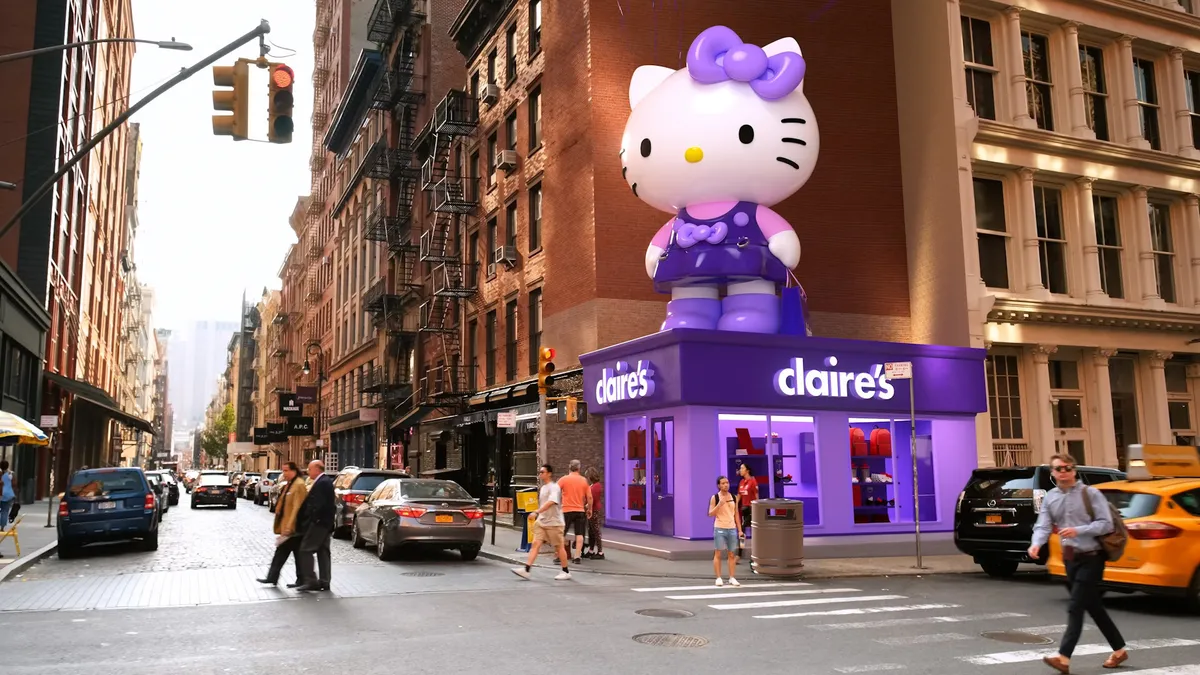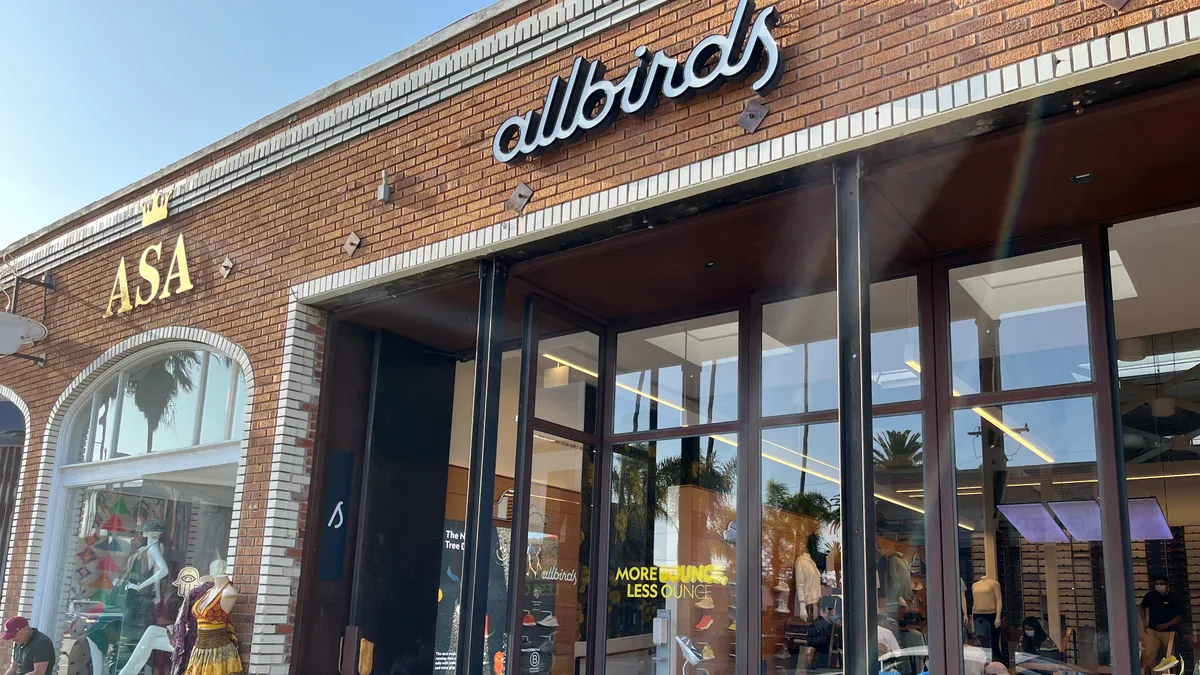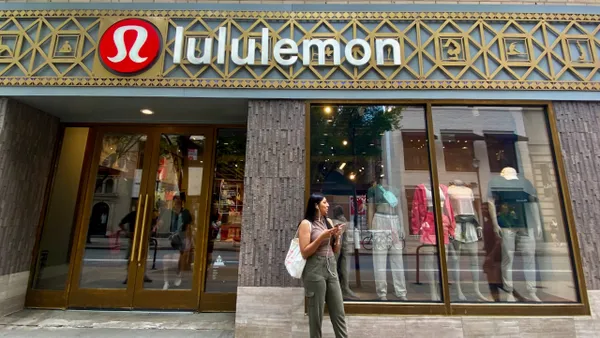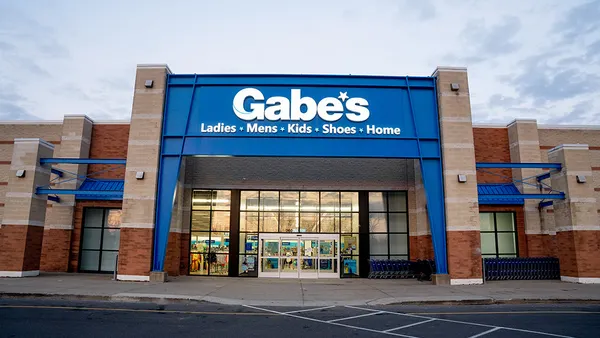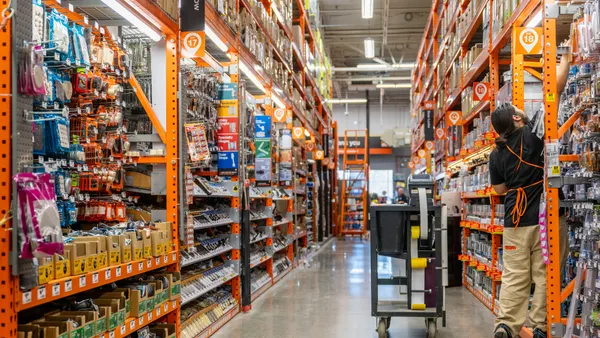Dive Brief:
-
Claire’s, which struggled to regain its strength after restructuring under Chapter 11 seven years ago, filed for bankruptcy Wednesday in the U.S. and plans to file in Canada.
-
The mall chain is mulling its options and is in “active discussions with potential strategic and financial partners,” CEO Chris Cramer said in a statement. In the meantime, stores in North America remain open.
-
However, the company intends to sell some or all of its assets, and an initial 18 U.S. stores are slated to close, according to court filings. Claire’s has debt of at least $1 billion and as much as $10 billion, per filings.
Dive Insight:
Claire’s, a mall staple that was once a destination for teens and tweens, has failed to thrive since its 2018 bankruptcy. The retailer has struggled to keep up with its audience, according to Sarah Foss, global head of bankruptcy at Debtwire.
“This demographic is notoriously fickle and heavily influenced by the trends they are seeing online, leaving some of the mall mainstays like Claire’s or Forever 21 struggling to keep up with the changing trends and preferences of its customer base,” Foss said in emailed comments.
Forever 21 filed for bankruptcy in March, blaming competition from Temu and Shein; the fast-fashion retailer had previously filed in 2019.
Claire’s Cramer said that “increased competition, consumer spending trends and the ongoing shift away from brick-and-mortar retail, in combination with our current debt obligations and macroeconomic factors” forced another trip to bankruptcy court.
In filings, the company specified that it “faced a challenging commercial environment over the past few years brought on by macroeconomic and retail-specific market pressures, including reduced foot traffic in stores, a rise in interest rates, inflation, tariffs, heightened competition from comparable retailers offering substantial discounts, and a disparity between inventory and customer demand.”
"This decision is difficult, but a necessary one,” Cramer said.
The company’s debt levels have grown to the point where managing them plus operating stores was becoming impossible, according to GlobalData Managing Director Neil Saunders. Competition has also grown more intense, including from newcomers “like Lovisa offering younger shoppers a more sophisticated assortment at value prices,” he said in emailed comments.
“The chain has been swamped by a cocktail of problems, both internal and external, that made it impossible to stay afloat,” he said. “Most recently, tariffs have pushed costs higher, and Claire’s is not in a position to manage this effectively.”
This bankruptcy is an opportunity to reset by closing underperforming stores and lowering debt, but “reinventing will be a tall order in the present environment,” according to Saunders.
Indeed, retailers returning to bankruptcy multiple times are more likely to throw in the towel, Foss said, citing, along with Forever 21, Joann, Party City and Rue21.
“Bankruptcy can be a good option for a struggling retail chain, allowing it to refocus, trim its debt, and slim down its retail footprint,” Foss said. “However, retailers that have emerged from Chapter 11 only to file again a few years later often find themselves liquidating and shutting their doors entirely, with some kind of online presence remaining.”
Claire’s runs more than 2,750 namesake stores in 17 countries in North America and Europe plus 190 Icing stores in North America. Its products are also found at other retailers in North America and Europe, and at 300-plus franchised Claire’s stores, mostly in the Middle East and South Africa.



